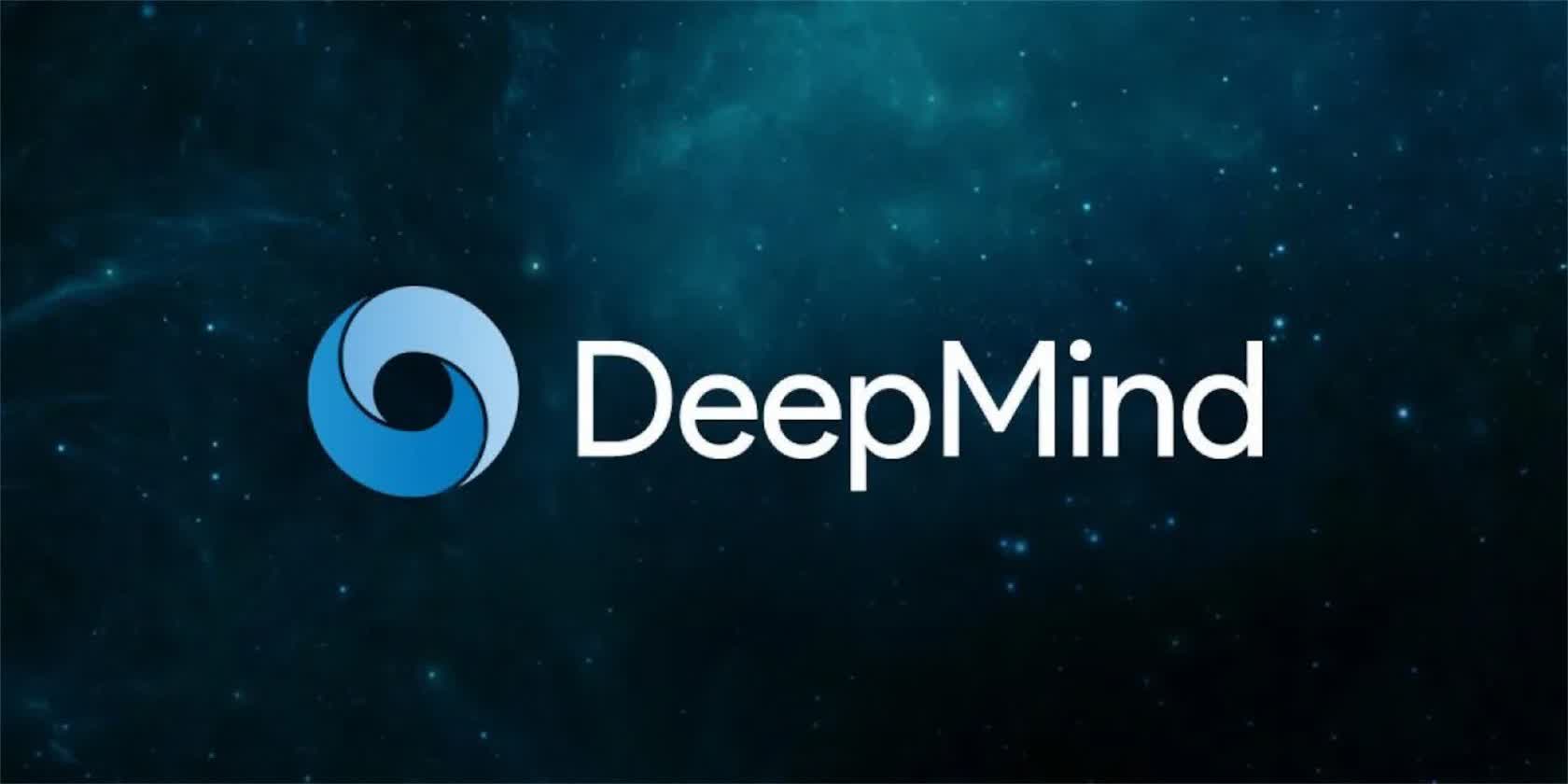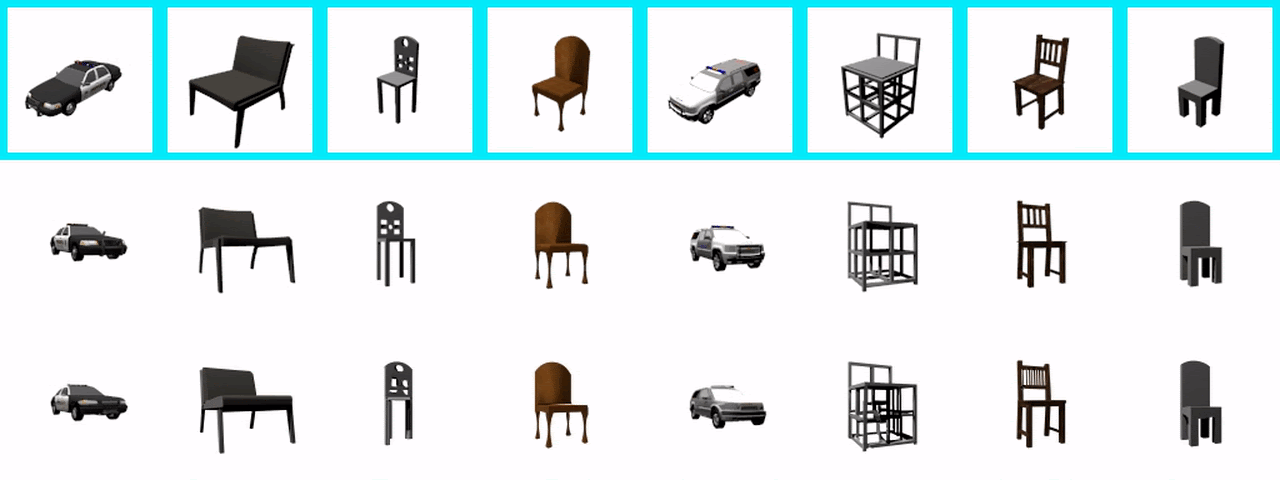
New Google AI technology can create short videos based on a single image
Why it matters: Researchers keep on to find new methods to leverage artificial intelligence and device understanding capabilities as the systems evolve. Earlier this week, Google researchers announced the generation of Transframer, a new framework with the means to generate shorter movies based on singular picture inputs. The new technologies could sometime increase classic rendering options, enabling builders to generate virtual environments based on equipment understanding abilities.
The new framework’s title (and, in some strategies, idea) are a nod to a further AI-based design identified as Transformer. At first introduced in 2017, Transformer is a novel neural community architecture with the ability to produce textual content by modeling and evaluating other words in a sentence. The model has due to the fact been included in standard deep studying frameworks these types of as TensorFlow and PyTorch.
Just as Transformer takes advantage of language to predict potential outputs, Transframer uses context pictures with similar characteristics in conjunction with a question annotation to produce limited films. The ensuing movies move close to the target picture and visualize accurate perspectives despite acquiring not presented any geometric information in the first impression inputs.
Transframer is a common-function generative framework that can take care of several graphic and online video tasks in a probabilistic environment. New do the job displays it excels in video prediction and look at synthesis, and can deliver 30s videos from a single image: https://t.co/wX3nrrYEEa 1/ pic.twitter.com/gQk6f9nZyg
— DeepMind (@DeepMind) August 15, 2022
The new engineering, shown applying Google’s DeepMind AI system, capabilities by examining a one photo context picture to obtain key pieces of graphic info and produce additional pictures. Throughout this investigation, the technique identifies the picture’s framing, which in convert aids the technique to forecast the picture’s surroundings.
The context visuals are then employed to even further predict how an graphic would look from unique angles. The prediction designs the chance of supplemental picture frames primarily based on the knowledge, annotations, and any other details available from the context frames.

The framework marks a enormous move in video clip technologies by delivering the skill to produce fairly correct online video centered on a very restricted set of knowledge. Transframer jobs have also proven exceptionally promising final results on other online video-relevant responsibilities and benchmarks these kinds of as semantic segmentation, image classification, and optical flow predictions.
The implications for video-dependent industries, these kinds of as game enhancement, could be possibly big. Current match growth environments rely on core rendering methods this sort of as shading, texture mapping, depth of subject, and ray tracing. Systems this sort of as Transframer have the probable to provide developers a fully new improvement route by employing AI and machine studying to make their environments though lessening the time, methods, and effort and hard work necessary to produce them.
